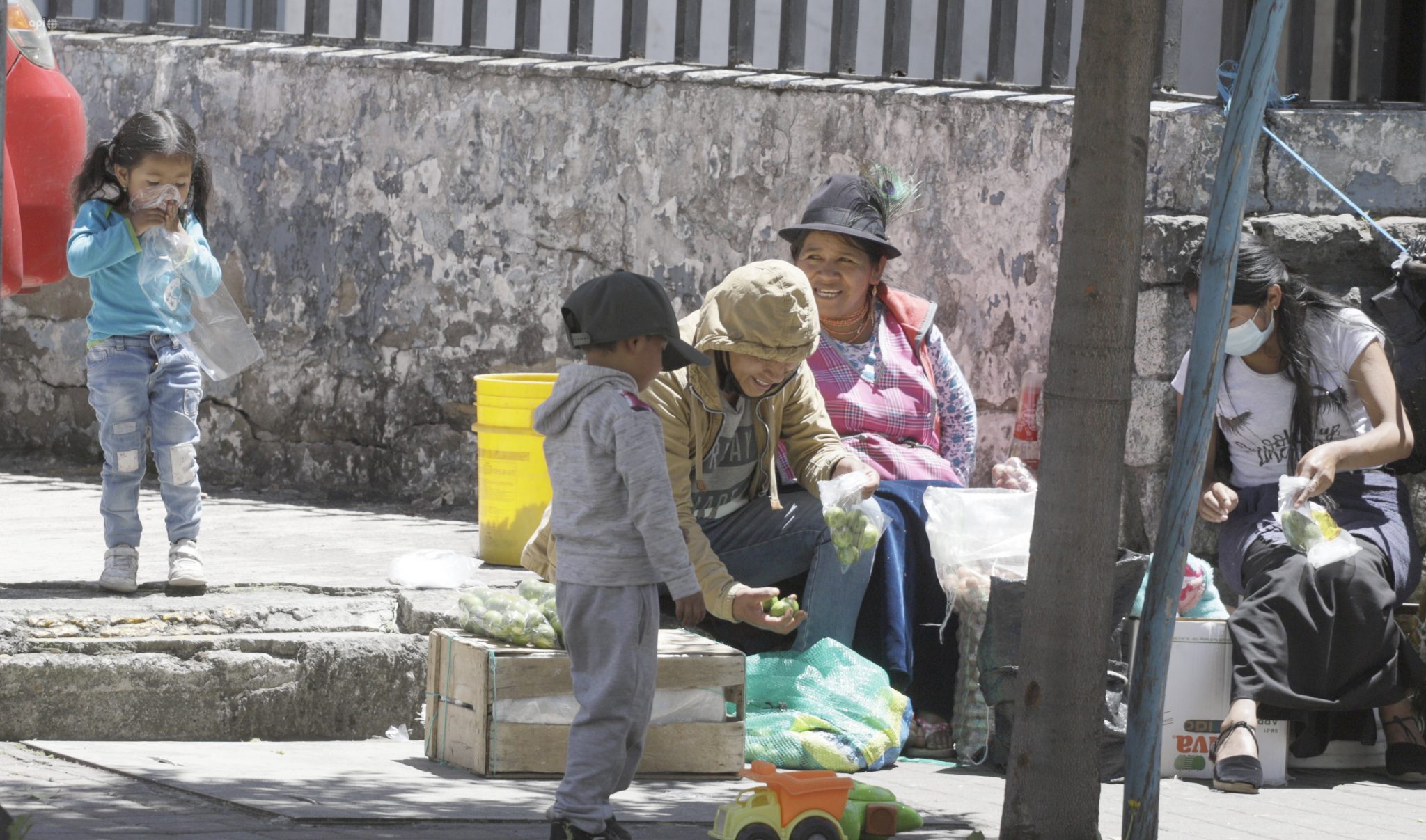DEMOGRAPHY. Children and adolescents represent 34% of the Ecuadorian population.
This June 1, Children’s Day is celebrated. Child-focused policies are essential for society. In Quito there are alarming figures.
More than 4,000 families in vulnerable situations were interviewed by the outgoing Inclusion Secretariat to develop a study that reveals the situation of children in Quito.
One of the most critical data is that 20% of the children and adolescents of these families indicated that they do not go to school partially or permanently, because they must work due to the lack of economic resources.
No census, no own data
The former Secretary of Social Inclusion, Fernando Sánchez Cobo, pointed out that although the San Jose Board of Trustees maintains control projects, programs are needed with working children on the street. “That was left in the inkwell, we could not make a diagnostic census. That is left to the next administration.“, said.
Sánchez pointed out that they left proposed a reform to the Childhood and Adolescence Code so that a Equality Council have citizen participation.
There are also delays in the population census that should have been ready in May, but which, as he acknowledged Roberto Castillo, executive director of the National Institute of Statistics and Censuses (INEC) told LA HORA, there is a delay of three months. Without this, the municipal authorities have pointed out the difficulties they have in generating public policies.
They stop eating for their family
The lack of possibilities to go to school is not the only alarm generated by the municipal survey.
The study details that 24% of children and adolescents stop eating at least once a day so that another member of your family can eat.
The fact that 2 out of 10 minors do not have their full meals affects the physical and cognitive development of children who belong to families in vulnerable situations.
In addition, food insecurity is not only focused on not having the necessary daily meals, but on the quality of the food that is consumed, which can lead to chronic child malnutrition. The malnutrition rate in the capital is 27% higher than in the rest of the country, that is to say that in Quito, 28 out of every 100 children under 2 years of age have nutritional problems. With this background, Quito has a higher rate (27%) than the national average.
Given this, José Alvarado, a child psychologist, says that more is needed than a project that monitors cases. “In December, campaigns were launched to say no to child labor, but how to eradicate it when there are no figures, no job creation, and the rules that prohibit a child from selling you something on the street or on a bus are not applied,” he says. he.
Homes in poor condition
The living conditions in which minors belonging to vulnerable families develop are not optimal either. The study determines that 30% of the surveyed population lives in “a room or in a hut” due to lack of income.
While 11% live in a vulnerable situation because their homes do not meet safety and habitability parameters.
The main reason for these living conditions is the lack of employment. In Quito, 42.2% of young people between the ages of 18 and 24 do not have a fixed source of income, while in the age group of 25 to 29 years, 20.5% do not have an insured income. However, the situation is more critical in people over 65 years of age. (AVV)
Situation of children in Ecuador
3 out of 10 children have their development compromised, due to the chronic malnutrition.
The figure increases when it comes to children who live in rural areas or who belong to indigenous communities.
38% of children in rural areas or who belong to indigenous communities have jeopardized their development due to chronic child malnutrition (Unicef).
Eight out of 10 children natives they cannot simultaneously access basic water, sanitation and hygiene services.
Seven out of 10 children under the age of three do not access child development services.
One in two children under the age of five are physically or psychologically abused in their homes. Abuse includes yelling, slapping, and other types of aggression.
Every day five girls between the ages of 10 and 14 give birth. It should be noted that these pregnancies are the result of rape. Abortion in these cases is legal.
Fuente: Unicef
En Ecuador, ocho de cada 10 hogares con niños han visto reducidos sus ingresos tras la pandemia por COVID-19.
